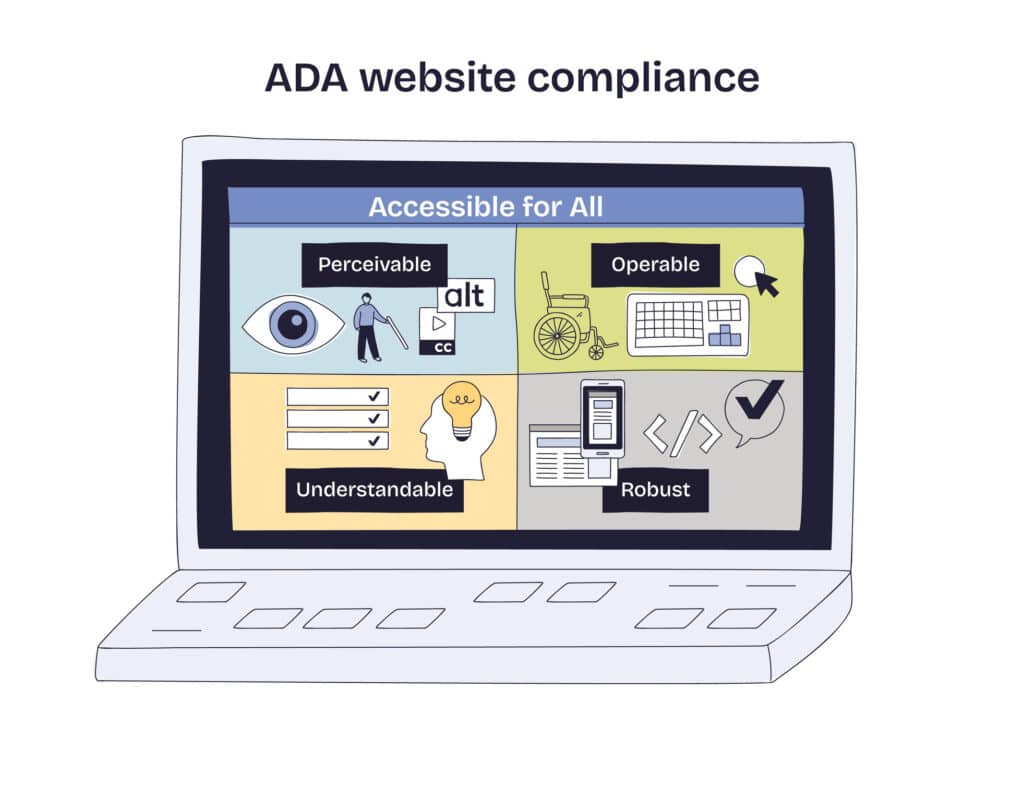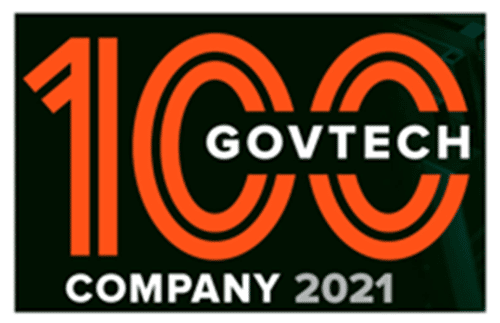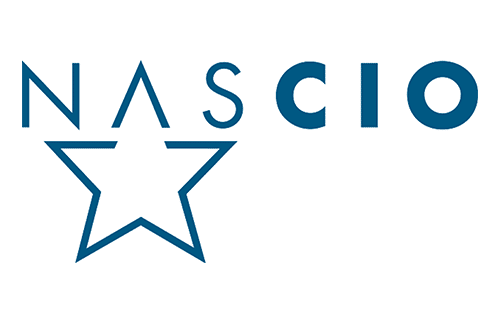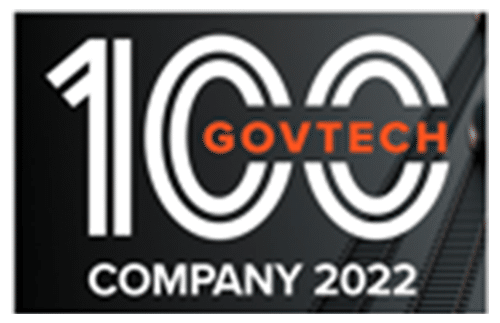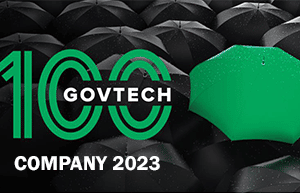Thanks to the American Rescue Plan (ARP) recently passed by Congress and signed into law by President Joe Biden on March 11, government CIOs have an unprecedented opportunity to advance government digital transformation. State and local municipalities across the country are getting a slice of $350 billion in funds earmarked for various infrastructure projects that will not only help them adapt to the pandemic but also make lasting positive change in how they serve citizens moving forward. In order to deliver the advancements in healthcare, utilities, education, transportation, and financial services outlined in this legislation, governments will need to further modernize their technology infrastructures and processes.
Fortunately, government technology departments have already made progress on this front. Government’s digital transformation, which was underway before COVID-19, kicked into high gear during the pandemic to sustain mobile hospitals, triage centers, and vaccination clinics overnight; digitize basic citizen services; and enable employees to conduct their responsibilities remotely, among many other sweeping initiatives.
Now, CIOs must further accelerate this digital transformation in order to bring ARP’s vision to life. In the coming months, they will be implementing a host of novel, cloud-based technologies at a greater scale and speed than at any other time in our nation’s history. Yes, these new platforms, applications, and workflow automation solutions, in particular, will increase efficiencies, save large sums of money, and deliver new functionality. But more importantly, they will make government more efficient and public-sector jobs more rewarding, bring department leaders’ innovations to life, help elected officials achieve their most ambitious objectives, and deliver world-class service to citizens that rivals the private sector—if CIOs view digital transformation as a whole greater than the sum of individual technology initiatives. Specifically, they must adhere to these three overarching principles:
1. Think Long Term
It’s oftentimes easy for CIOs to solve immediate individual problems by purchasing point solutions or working within existing legacy architectures. However, that approach doesn’t necessarily deliver on digital transformation’s true promise: making your organization nimbler, more scalable, and responsive to change.
Cloud technologies, for example, can help unwind the legacy challenges associated with traditional on-premise IT illuminated by the pandemic over the past year. However, organizations won’t fully make good on the cloud’s value proposition—fewer maintenance responsibilities, efficient consumption, transparent pricing, and greater agility—if they cannot easily tailor these services to meet their evolving needs. COVID-19 has not only spotlighted the need to digitize existing business processes and streamline workflows in bright neon lights, it has also confronted us with the reality that these processes are going to change quicky and often—indeed, we have seen many new processes emerge over the last 12 months and this trajectory will only accelerate.
The right mix of cloud technologies and cloud-based workflow automation tools should enable government organizations to quicky weave in new applications and continually modify evolving processes. Ultimately, agencies should be able to take advantage of no-code Software-as-a-Service (SaaS) solutions that can be up and running in days and weeks, such as the California DMV’s Virtual Field Office (VFO), which went live 18 days after the initiative’s initial conception.
Agility shouldn’t just be the domain of private industry.
2. Take a Holistic Approach
When new technologies and workflows are in harmony, agencies can see how business processes intertwine and impact every part of the organization. Unfortunately, governments and the technology underpinning their services have often functioned in silos, which has introduced multiple points of failure.
When bleeding-edge automation technology is implemented in concert rather than in piecemeal fashion, the results are powerful. For example, Sonoma County’s Care Coordination hub brings together data from various medical, behavioral health, social services, housing, and justice functions. Social workers, healthcare professionals, and law enforcement officials can better coordinate with each other to meet each constituent’s broader needs. When back-end integrations and workflows are well thought out behind the scenes, a citizen’s experience with services that span multiple government departments is seamless. Change of address with the DMV as well as health, tax, and unemployment records could all be updated through a unified and automated approach
Government organizations must also enable this type of coordination on a massive scale—across hundreds of services for tens of thousands of citizens—all while adhering to strict security and privacy mandates. Thus, IT heads need to ask themselves several questions when evaluating and selecting new technologies:
- Does this technology build the connective tissue of the enterprise—that is, does it streamline and automate the organization’s business processes?
- Can it evolve with changes in the organization as time goes on?
- Can this solution scale quickly to meet the needs of millions of new users, applications, and business processes and scale down as needed during periods of economic contraction?
- Does it replace or support backbone legacy front- and back-office applications?
- Does it come with contract flexibility, and does it reduce total cost of ownership over the long haul?
- Is the organization empowered to ultimately “own” the technology with minimal long-term intervention, maintenance, and support needed from the vendor?
3. Think About Your Citizens and Your Employees
A holistic approach to government IT requires CIOs to weigh both internal and citizen-facing processes equally—you can’t deliver good service to residents if your back office isn’t just as agile. For instance, if constituents are applying for permits or processing benefits remotely from a variety of devices, then corresponding workflow automation–enabled back-end processes—automatic verification, application filing, consent capture, and escalation paths—should be in place to process thousands of transactions per day with minimal human intervention. If done right, residents get the intuitive, seamless customer experience they expect from the private sector, while government employees are unshackled from tedious, mundane tasks and freed up to tackle high-impact activities. It should be just as easy for employees to remotely file HR requests, apply for training, and the like.
At the heart of all government processes are human beings—citizens and workers. Thanks to ARP, government can invest in technology that will make it increasingly efficient, while providing more enhanced and seamless digital services to citizens. While we are still navigating an incredibly challenging time, ARP has given government the opportunity to make a digital-transformation leap that will not only rescue the American people but also create lasting change.




